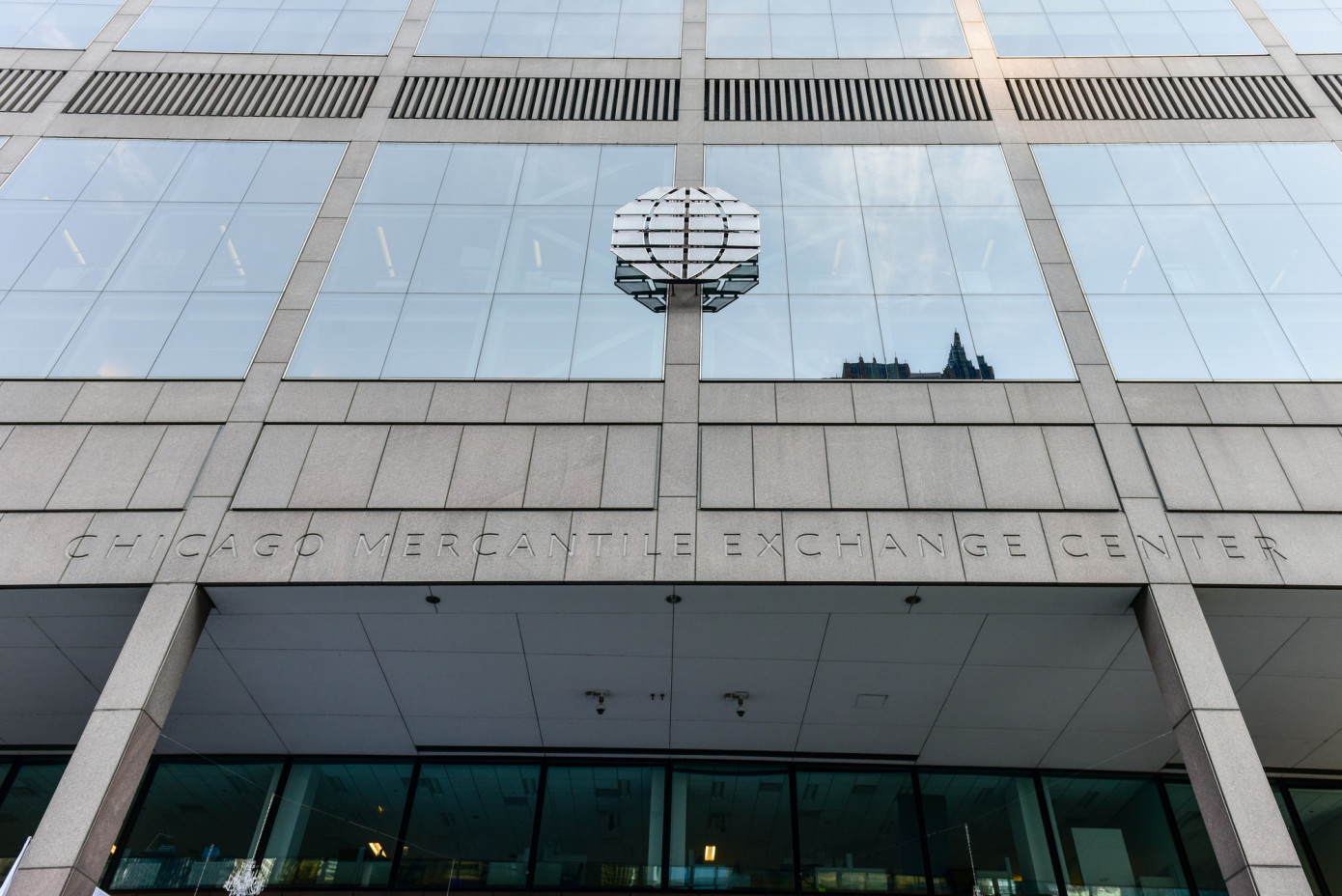The lumber futures contract, which experienced a significant surge in prices and volatility during the pandemic, has its final trading session on Monday. The contract will be replaced by a new lumber-futures contract introduced by CME Group, the exchange operator, in an effort to revitalize trading in the market.
To attract a broader range of traders, the new lumber-futures contract represents a truckload of two-by-fours delivered to Chicago, as opposed to a train-car filled with lumber destined for the British Columbia interior. Additionally, the new contract allows for the inclusion of eastern species and fulfillment from a larger number of sawmills, expanding the options beyond the outgoing contract's limitation to spruce, pine, or fir from a shrinking number of Pacific Northwest mills.
The changes are intended to make trading in lumber derivatives a more effective risk management tool for sawmills, builders, and lumber yards involved in actual wood trading. With each contract representing approximately the amount of lumber needed to build a house (27,500 board feet), the new futures contract aims to establish Chicago as a geographically suitable delivery point, closer to booming housing markets and better approximating freight costs.
The outgoing lumber-futures contract, launched in 1969, served as a reliable gauge of home-building activity and the broader market for wood products, even as lumber production shifted geographically over the years. It experienced a significant price surge during the pandemic as stuck-at-home Americans engaged in widespread remodeling and historically low mortgage rates fueled the housing market. Lumber futures reached an all-time high of $1,711.20 per thousand board feet in May 2021, more than double the pre-pandemic peak.
However, when the Federal Reserve began raising interest rates in March 2022, lumber prices began to decline. The outgoing futures contract closed at $339 per thousand board feet on its penultimate trading session, around 5% below the average price in the five years before the pandemic. The decline in trading volume and the extreme price volatility experienced during the pandemic led to the decision to retire the contract.
The new lumber-futures contract, identified by the ticker symbol LBR, started trading last summer with initial light volume but has steadily gained traction throughout the year as the old futures rolled off. It has seen increasing trading activity and improved liquidity, with market participants noting smaller gaps between buyers and sellers, indicating more favorable trading conditions.
The introduction of the new contract has generated interest among builders, mills, and potential traders who have previously not participated in lumber futures trading. The changes aim to create a more inviting and stable market, attracting speculators and enhancing the overall trading experience in the lumber industry.
